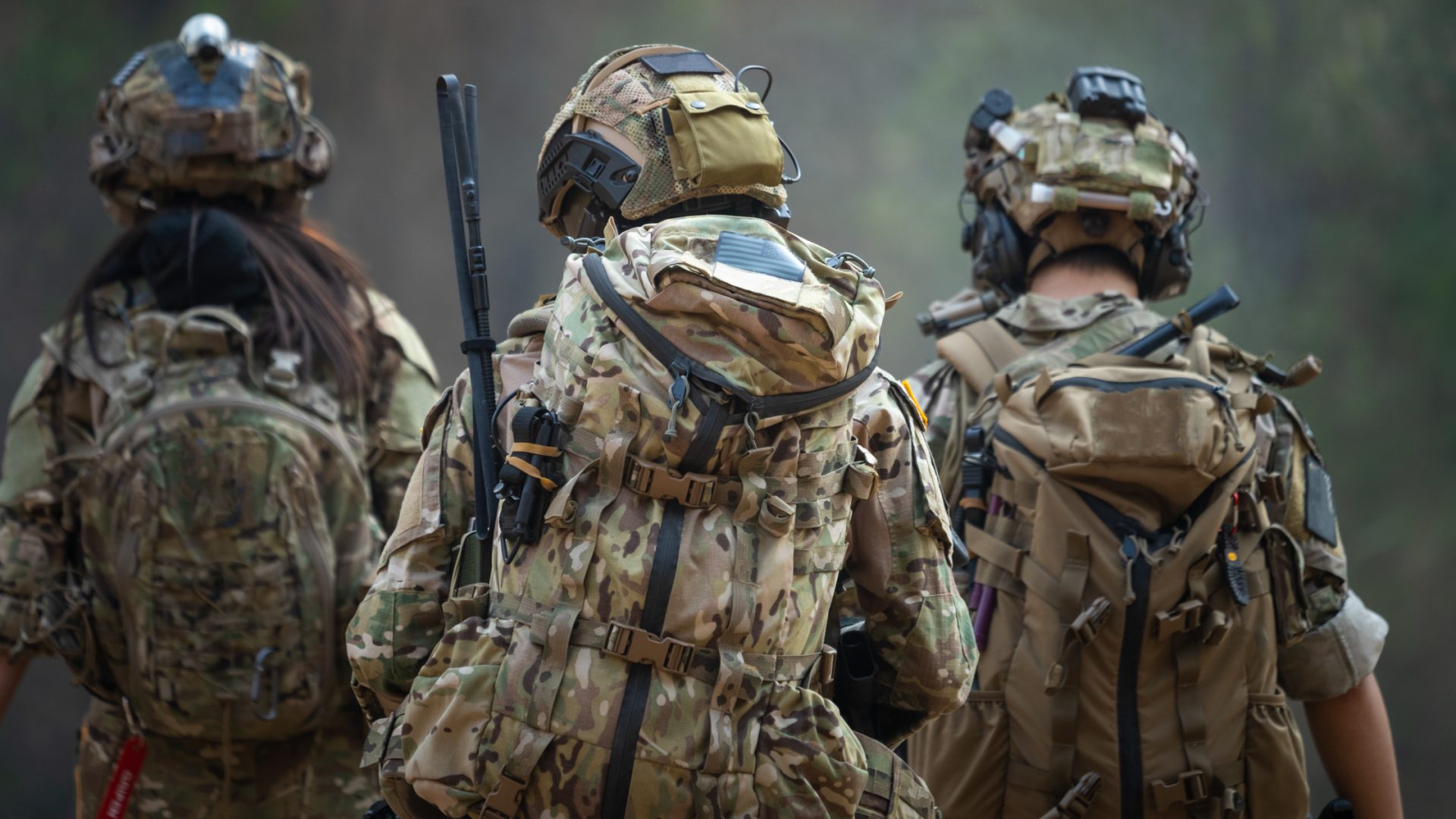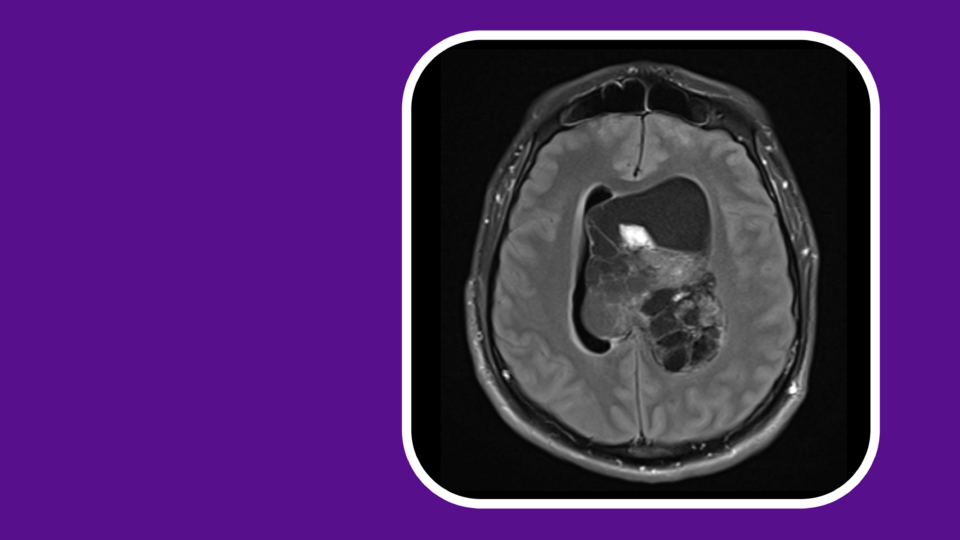Military service members are frequently subjected to blast events during training and deployment that result in mild traumatic brain injuries (mTBIs). Evidence suggests these exposures may have long-term consequences for cognitive function. However, little is known about the cognitive sequelae, despite such events having increased in incidence in the past several decades.
Jack W. Tsao, MD, DPhil, the Dr. Edwin H. Kolodny Professor of Neurology, is leading research that investigates both the short- and long-term effects of mTBIs caused by blast events and other active-duty incidents on cognitive functioning. This work includes searching for new clinical indicators such as biomarkers that may aid in identifying risks and supporting recovery.
“Does being in the military and being exposed to concussions from these causes set you up for CTE and dementia at an early age? There are still many unanswered questions.”
Jack W. Tsao, MD, DPhil
“Does being in the military and being exposed to concussions from these causes set you up for CTE [chronic traumatic encephalopathy] and dementia at an early age? There are still many unanswered questions,” says Dr. Tsao.
Dr. Tsao is the former director of Traumatic Brain Injury Programs for the U.S. Navy Bureau of Medicine and Surgery. His research harnesses his expertise in Alzheimer’s disease and dementia as well as concussion to investigate the range of long-term impacts that may be associated with mTBIs.
Variance in Post-Blast Neurological Assessment
In 2021, Dr. Tsao and colleagues published a study revealing acute neurocognitive deficits in active-duty service members evaluated following subconcussive blast exposures. The study used data collected with the Automated Neuropsychological Assessment Metrics (ANAM), a computer-based tool routinely used for cognitive health assessments for service members that evaluates memory, concentration, reaction time, and other neurocognitive domains.
Compared to an age-matched normative population, personnel exposed to subconcussive blasts exhibited ANAM scores for reaction time tests outside the range of normal functioning.
“The results highlight covert effects of subconcussive blast exposure that may warrant further monitoring in the immediate aftermath of a blast event,” the authors wrote.
Longitudinal Effects of Mild Concussion
While recent studies show the number of current military service members who develop CTE is small, Dr. Tsao is working with Navy researchers to explore any long-term effects of mTBI on active-duty members who served in the 1980s and 1990s.
“Most of the military concussions in the 1980s were sports, motor vehicle, and training injuries,” Dr. Tsao says. “In the next two decades, we started to see more personnel exposed to blasts in combat.”
The research utilizes two cohorts: a military personnel database from the Naval Health Research Center in San Diego and a national Veterans Affairs database. “These populations have been followed continuously since discharge from military service, so we can observe whether mild TBI is associated with new neurodegenerative disorders affecting individuals over time,” Dr. Tsao notes.
“Early-onset dementia before the age of 65 is of great concern as it is not the norm,” he adds. “If we do discover that there is an elevated risk with a history of concussion early in life, this would require a greater focus on preventing injuries and what we could do to reduce the risk of disease.”
Dr. Tsao and colleagues have identified some of the risk factors for developing long-term, but immediately noticeable, sequelae of mTBI, including multiple mTBIs, mTBIs overlapping with post-traumatic stress disorder or anxiety, mTBIs before complete recovery, and mTBIs resulting from close blast exposure.
Searching for Biomarkers
One path to more effectively track and manage mTBI cases could be to identify a biomarker that is easily obtained and that determines the presence and severity of a head injury, Dr. Tsao says. Unfortunately, prior research into proteins, microRNAs, and metabolites as potential biomarkers has not yet revealed a reliable standard.
In a collaboration with Thomas M. Wisniewski, MD, director of NYU Langone’s Pearl I. Barlow Center for Memory Evaluation and Treatment, Dr. Tsao is beginning to investigate whether changes in tau and other neuronal proteins following blast exposure and concussion can be used as biomarkers.
“If there is a way to identify early who these people are, there might be a way to treat them years before they show up with clinical symptoms,” Dr. Tsao says.






